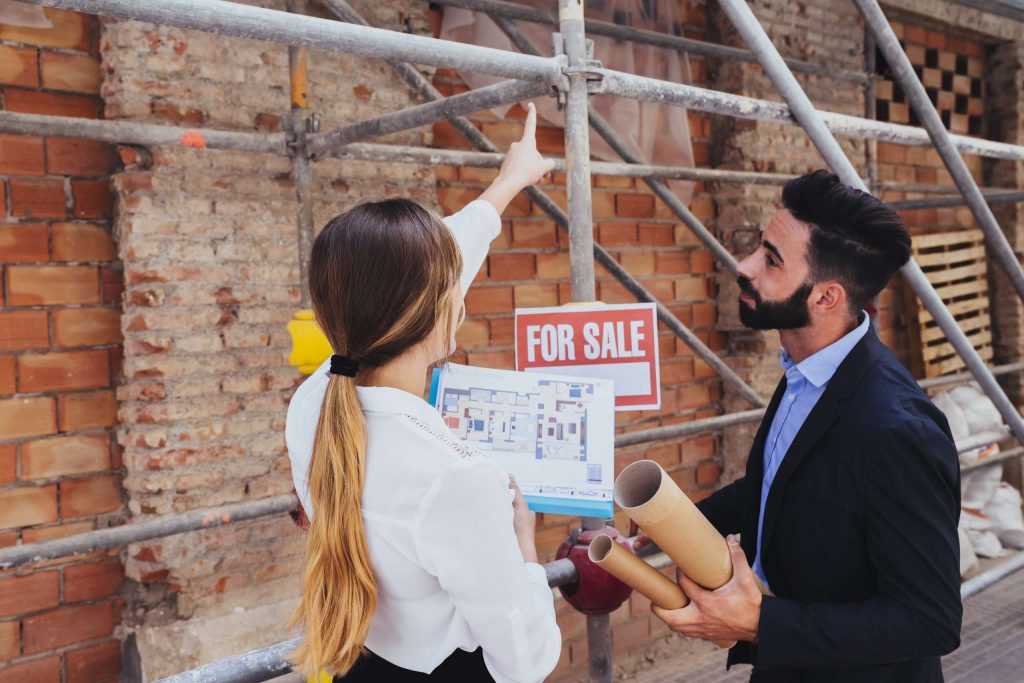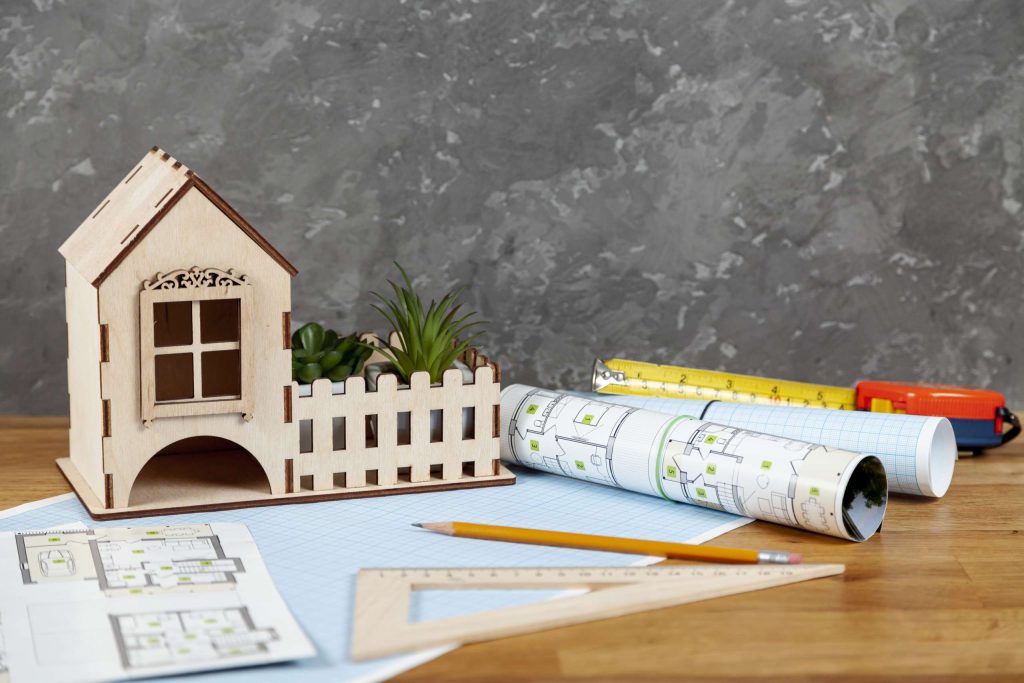Insulation Estimating Services
Insulation Estimator’s Guide to Waterproofing And Insulation Estimating


Accurate estimation plays a critical role in the world of construction. When it comes to waterproofing and insulation, having a reliable construction or insulation estimator for estimating is crucial. They have the resources for construction professionals to help them navigate the complexities of estimating costs and materials for various aspects of a building. Professionals can ensure that your projects are financially feasible and completed on schedule. They do this by understanding their methods of estimating construction costs, like allocating costs and unit cost estimation. In this article, we will delve into the significance of estimates in waterproofing and insulation, offering insights and tips for estimation.
What is Waterproofing?
Waterproofing involves making an object or structure resistant to water infiltration. It is used in fields, such as construction, to protect buildings and materials from water damage. These safety measures are often called water resistance because they can withstand water penetration, high pressure, and moisture vapour transmission through the structure. Construction estimators play a role in assessing the expenses and resources needed for projects. Their responsibility is to ensure that suitable materials and techniques are employed to achieve waterproofing while staying within limits.
What are the Different Types of Waterproofing Materials?
Different types of materials are commonly utilized in the construction of buildings.
Cementitious Waterproofing: This method uses materials frequently used in internal areas prone to wetness, such as bathrooms. However, it is not designed to withstand weather and sunlight exposure.
Liquid Waterproofing Membrane: This particular coating offers flexibility. It transforms into a rubbery layer once it has cured. Its elongation properties are high. Depends on the type of polymer used.
Bituminous Coating Waterproofing: Also referred to as asphalt coating, this method provides both flexibility and water protection. Nevertheless, prolonged exposure to sunlight can cause it to become brittle and fragile, which is why it can be modified by incorporating materials.
Bituminous Membrane Waterproofing: Commonly used for roofs with slopes, this method is self-adhesive. It comes in types, including exposed versions that can withstand the effects of weather conditions.
Polyurethane Liquid Membrane Waterproofing: This option is suitable for roof areas. Possesses excellent flexibility. However, it requires an evaluation of the slab’s moisture content before application.
These represent some of the materials employed in building construction. It is highly recommended to consult with a construction professional who can determine the appropriate approach for your project and provide reliable insulation estimating solutions.
Purpose of Insulation
Insulation in construction projects refers to the prevention of the transfer of heat through the building structure. Insulation is a method widely used to keep the flow of heat inside the building, thereby reducing the consumption of various electrical equipment which uses electricity. It is natural for heat energy to flow from a higher temperature to a lower temperature. With the help of Insulation, one can reduce heat loss in buildings in cold weather and reduce heat surplus during hot temperatures. There are various types of insulation used in buildings, ranging from Wall cavity and other wall (inside/outside) insulation, Roof insulation, Floor insulation, and Window insulation, which can be used for both commercial and residential insulation.
Different Types of Insulation
Polyurethane Foam: This type of insulation, called spray foam, has an R-value and is excellent at sealing air leaks.
Mineral Wool: This insulation is made from synthetic or natural materials. It’s commonly used in industrial settings because it’s resistant to fire.
Spray Foam: If you need insulation that can fill gaps and cracks, spray foam is an option. It’s applied by spraying onto surfaces. Expands to provide insulation and seal against air leaks.
Fiberglass: Fiberglass is a choice for insulation in both commercial buildings. It’s made from glass fibres and is easy to install.
Glass Wool: Made from glass, this type of insulation is well known for absorbing sound effectively.
Cellulose Insulation: Recycled paper forms the basis of cellulose insulation, often used in wall and ceiling cavities to provide protection.
Soundproofing: These materials are explicitly designed to reduce noise transmission. Acoustic foam, mass-loaded vinyl and other specialized materials are commonly used for soundproofing.
Concrete: Although primarily known as a building material, concrete can also be utilized as an insulator due to its mass properties that allow it to store and release heat effectively.
Polyisocyanurate: A type of foam insulation highly regarded for its R-value rating and resistance against fire hazards.
Foam Core: Foam Core is a type of insulation that utilizes foam materials and is commonly employed in sandwich panels for constructing facades and roofs.
Phenol-Formaldehyde Resin: Resin-based insulation is renowned for its impressive fire resistance capabilities and minimal smoke emissions.
Cementitious Foam Insulation: It is a foam insulation made from cement and other materials often used in industrial applications due to its strength and durability.
Factors to Consider for Waterproofing & Insulation Estimation
- Understand the requirements of the project
- Determine the appropriate materials
- Consider the level of expertise required
- Account for any applicable regulations
- Plan for contingencies
Get Started with Waterproofing and Insulation Estimation with Remote Estimation
Are you looking for accurate and reliable insulation estimating solutions? Look no further than Remote Estimation. Our experienced insulation estimators can accurately estimate your waterproofing and insulation projects. Get started today and streamline your estimating process with Remote Estimation. Whether you’re a seasoned contractor or just starting, our team can help you save time and money on your projects. Please don’t wait; contact us today to learn more about our insulation estimating solutions.
The Environmental Impact of Inaccurate Insulation Estimating


Insulation plays a crucial role in maintaining energy efficiency and reducing carbon emissions in buildings. However, it is essential to have an accurate estimate of insulation to ensure the correct amount is utilized. Incorrect estimations can have severe consequences as they can result in either an excess or a shortage of insulation. Excessive insulation wastes resources, increases costs, and adds unnecessary materials to the production and disposal process.
On the other hand, insufficient insulation leads to energy loss, contributing to carbon emissions and greater energy consumption. This article delves into the environmental impact of inaccurate insulation estimation while emphasizing the importance of insulation estimating services for precise calculations and sustainable construction practices.
The Importance of Insulation in Buildings
Insulation plays a crucial role in buildings offering numerous benefits. Firstly, it significantly enhances the comfort of people inside by reducing heat loss and preventing air from entering. This ensures a warmer environment with a higher level of comfort. Moreover, insulation boosts energy efficiency by acting as a barrier to heat transfer. It keeps warmth inside during winter and blocks out heat during summer resulting in reduced expenses for heating and cooling.
Additionally, insulation contributes to the safety of buildings by preventing condensation and moisture buildup that can cause structural damage. Given these benefits, accurately estimating insulation costs is crucial for optimizing energy efficiency and creating a sustainable living or working space.
Insulation Estimating Services: An Overview of Types and Benefits
Professional insulation estimating services are available to calculate the cost of insulation accurately. These services provide a comprehensive analysis of the project and offer a detailed estimation of the required materials and associated costs.
Here is an overview of the types of estimation and the benefits of utilizing insulation estimating services.
- Thermal insulation estimation: Helps customers choose insulation materials, calculate insulation thickness, and prepare design drawings.
- Industrial mechanical insulation estimation: Accurate estimates help mechanical insulation contractors win projects and earn good profit margins.
- Insulation takeoff: An estimating system that allows HVAC contractors to calculate the materials and labor needed for a job.
- Mechanical estimating: Involves using measurements from technical documents to determine the quantity of materials and labor required for a project.
- Masonry insulation system: Includes exposed spray-applied insulation, enclosed cavity foamed insulation, cellulose insulation, reflective insulation, and cladding attachment.
- Residential and commercial insulation estimation: Estimation services for insulating residential and commercial buildings.
- Fireproofing estimation: Estimation services for protecting structures from fire.
- Roofing estimation: Estimation services for determining the materials and labor needed for roof insulation.
- Waterproofing and dampproofing estimation: Estimation services for preventing water penetration and moisture damage.
- Acoustic and soundproofing estimation: Estimation services for reducing sound transmission and improving acoustic performance.
Benefits of Insulation Estimation Service
- Accurate estimation of insulation materials and labor helps in budget planning and cost control for construction projects.
- Insulation estimation ensures that the right amount and type of insulation materials are selected, leading to improved energy efficiency and reduced energy consumption.
- By estimating the thickness of insulation and creating design drawings we can achieve insulation performance while meeting building code requirements.
- Insulation estimation allows for proper planning and coordination of resources, ensuring timely completion of projects.
- It helps in identifying potential insulation issues or challenges beforehand, allowing for proactive measures to be taken.
- By utilizing mechanical insulation estimating services, contractors can have a competitive edge in winning projects and maximizing their profit margins.
- Detailed insulation estimation provides clients with transparency and confidence in the construction process, leading to improved customer satisfaction.
What are the Environmental Impacts of Inaccurate Insulation Estimation?
- Increased energy consumption: Inaccurate insulation estimating can lead to underestimating the amount of insulation needed, resulting in inadequate insulation coverage. This can lead to increased energy consumption as more energy is required to heat or cool the building.
- Higher carbon emissions: Inaccurate estimation of insulation needs can result in the use of excess materials, leading to an increase in embodied energy and carbon emissions during the production and transportation of insulation materials.
- Waste generation: Overestimating insulation needs can result in the excess use of materials, leading to waste generation contributing to landfill accumulation and environmental pollution.
- Financial implications: Inaccurate insulation estimating can lead to additional costs associated with purchasing and installing excess insulation materials or increased energy bills due to inadequate insulation.
- Reduced comfort and health: Insufficient insulation can result in thermal discomfort, as the building may experience temperature fluctuations. This can impact the health and well-being of occupants.
- Depletion of resources: Inaccurate insulation estimating may lead to the unnecessary consumption of resources such as raw materials and energy, contributing to resource depletion.
- Limited sustainability: Inaccurate insulation estimating can undermine the overall sustainability of a building project by not optimizing energy efficiency and contributing to environmental impacts.
- Non-compliance with regulations: Inaccurate insulation estimating can lead to non-compliance with rules and guidelines related to energy efficiency and environmental impact reduction, potentially resulting in legal and regulatory issues.
Remote Estimation: Your One-Stop Solution for Insulation Estimating Services
If you are looking for the best mechanical insulation estimating services, look no further than Remote Estimation, a reliable insulation estimating service successfully serving more than 20 states from New York to New Jersey and California to Texas, to name a few. From calculating insulation costs to mechanical insulation solutions, our team provides accurate estimations for effective planning and budgeting. Contact us today for streamlined project execution and cost efficiency.

